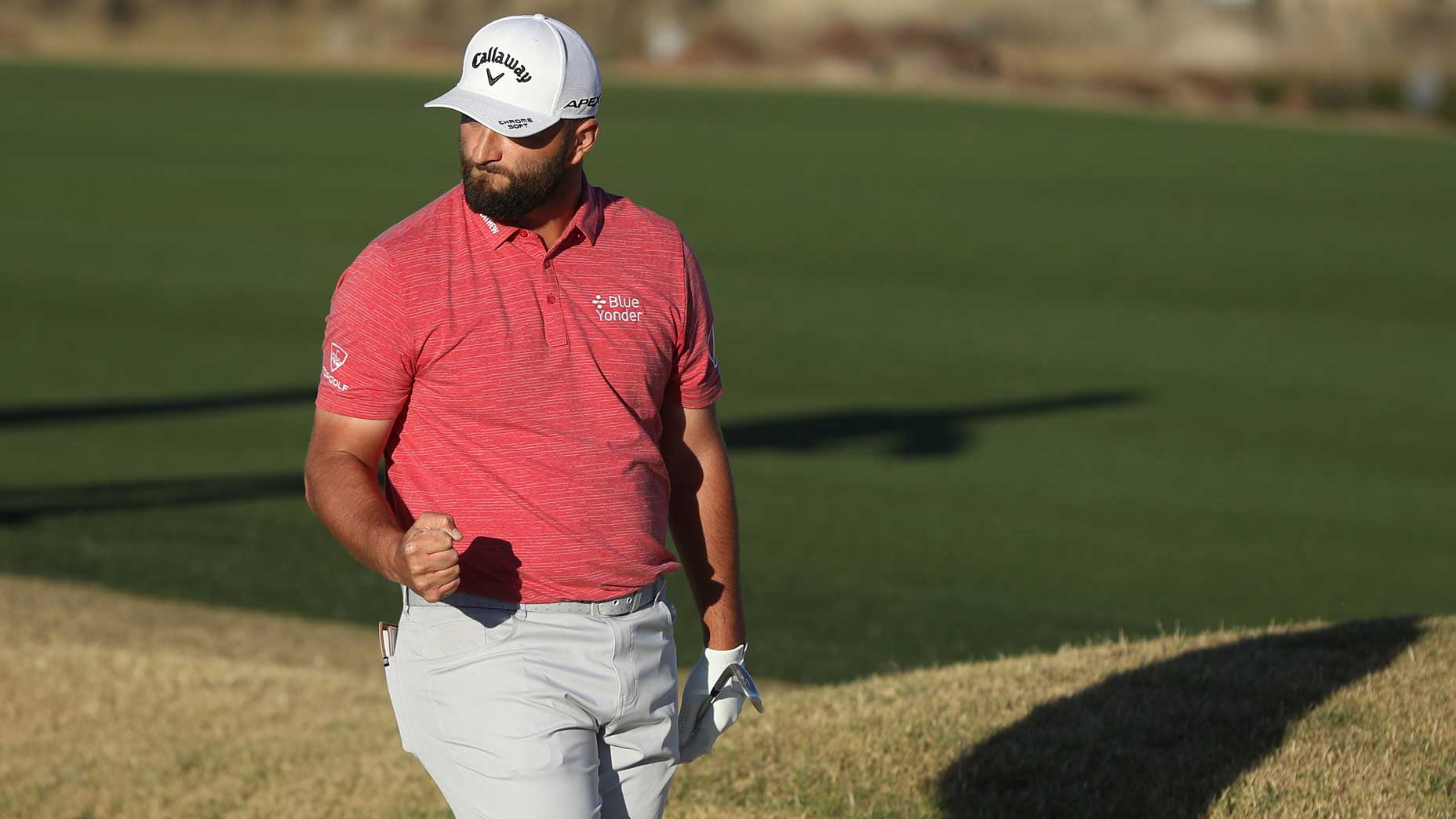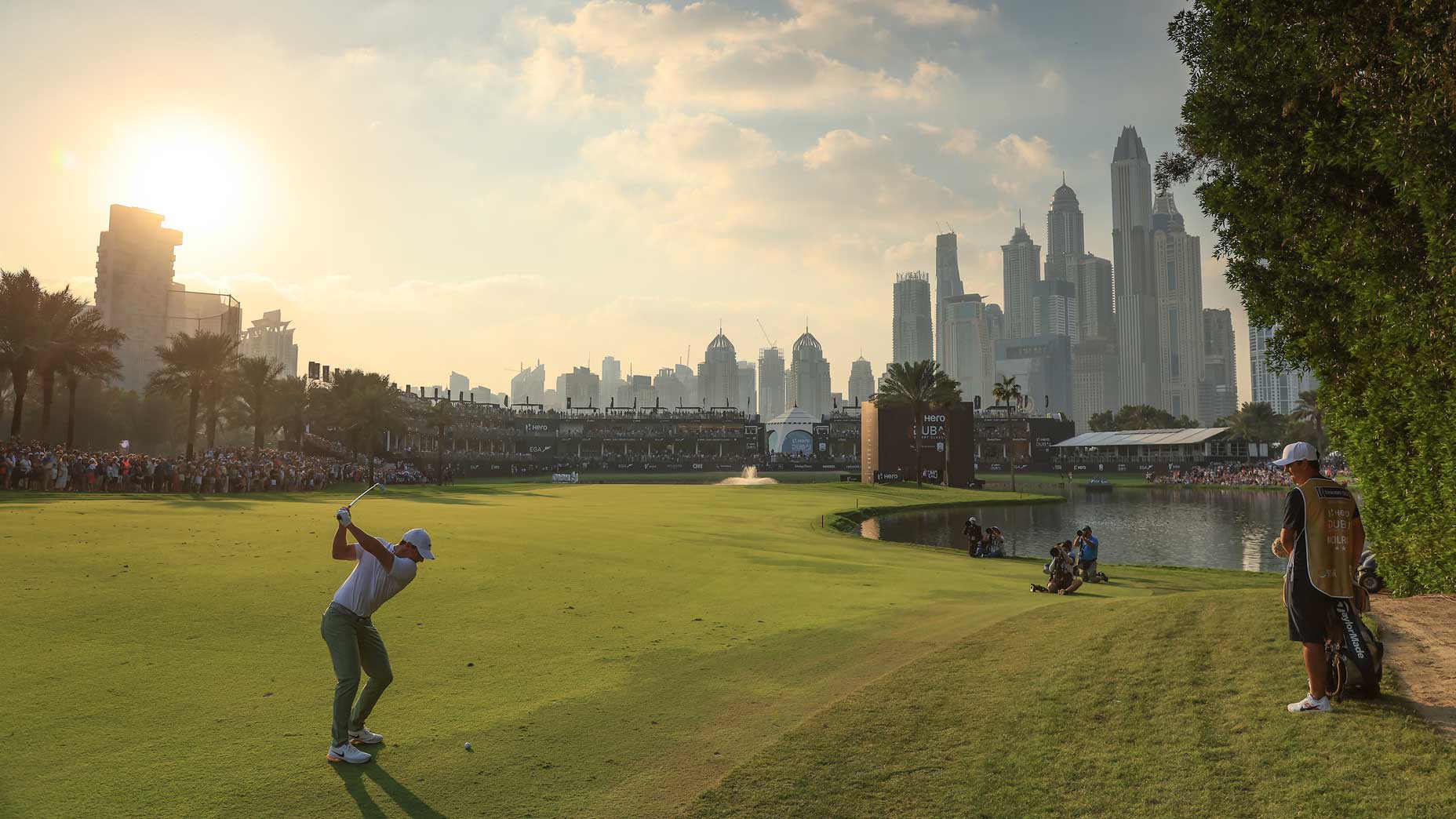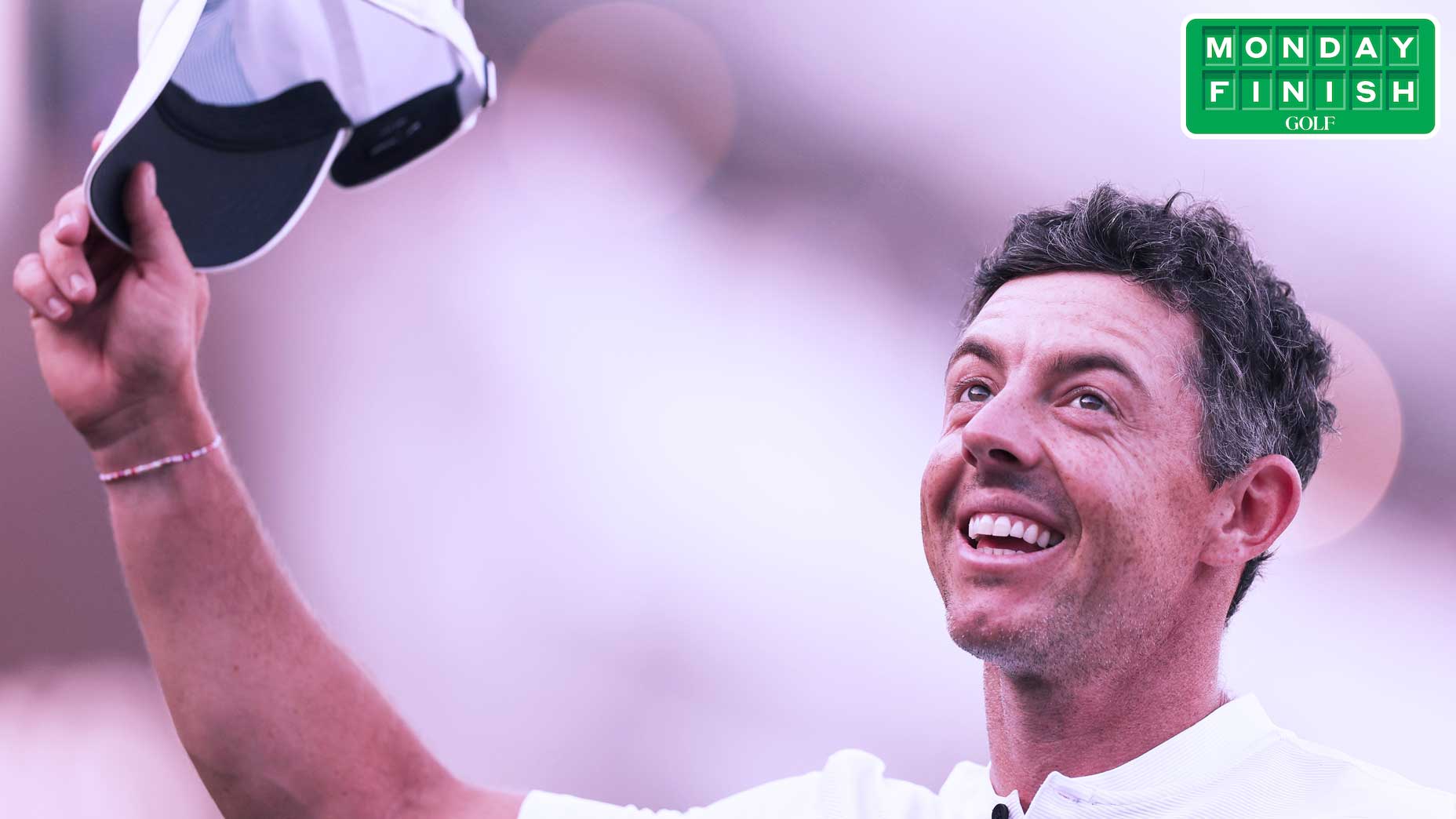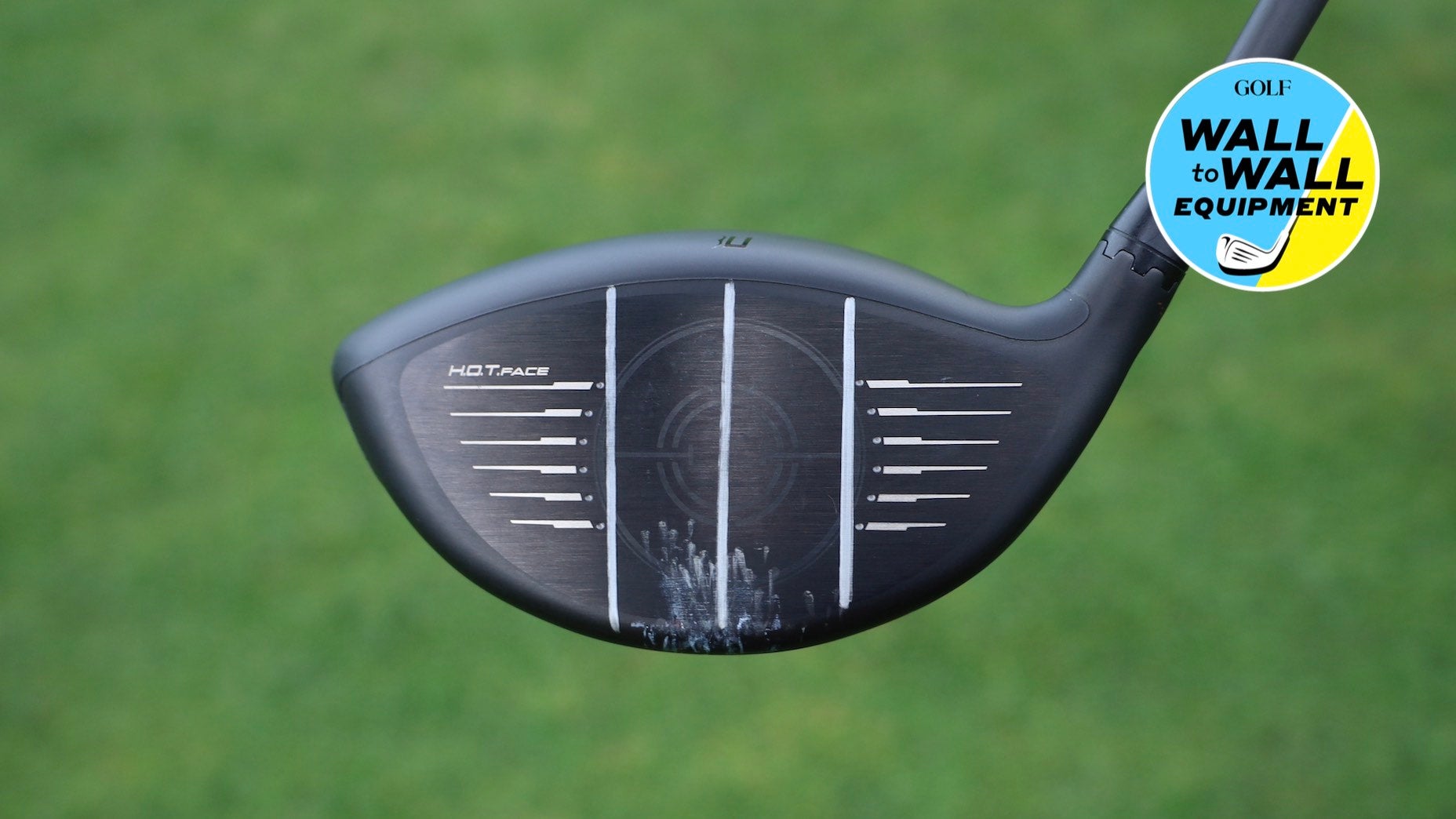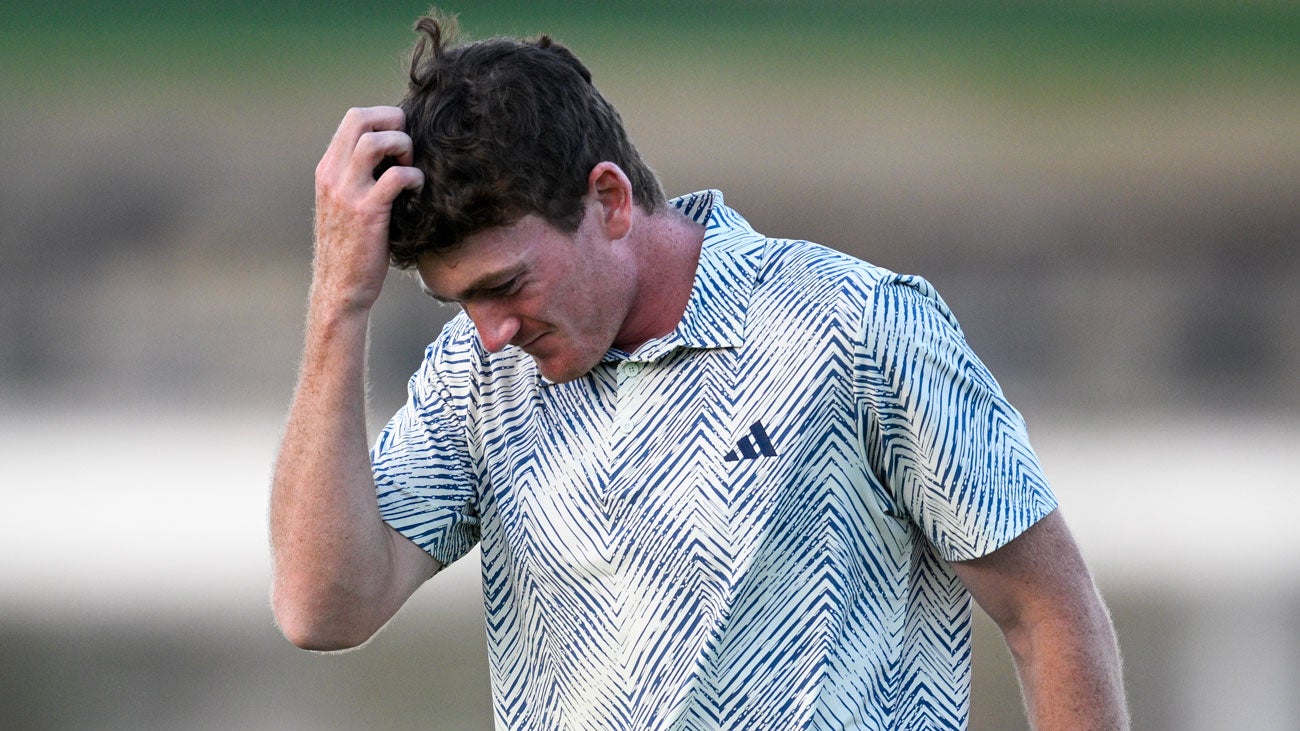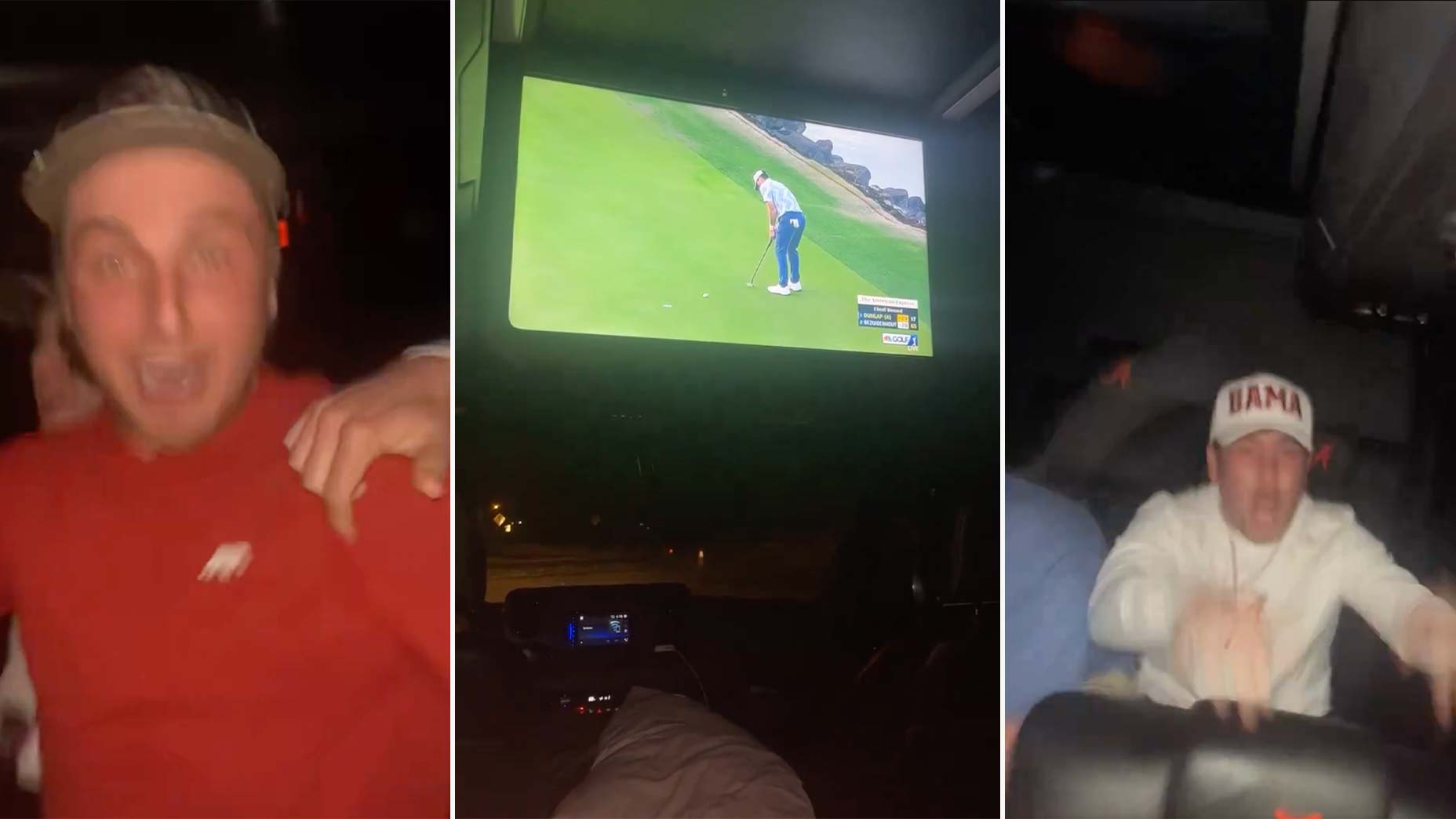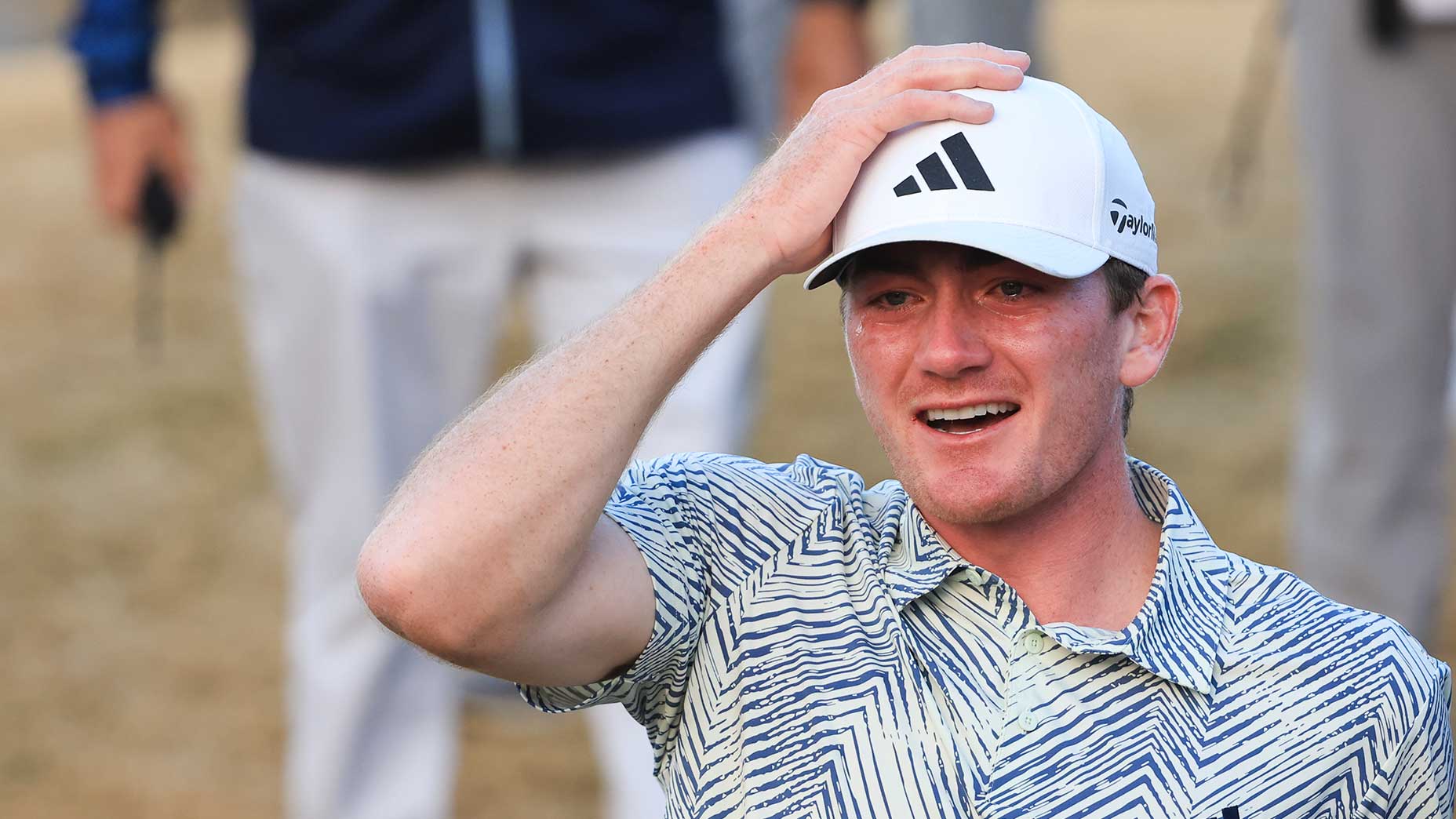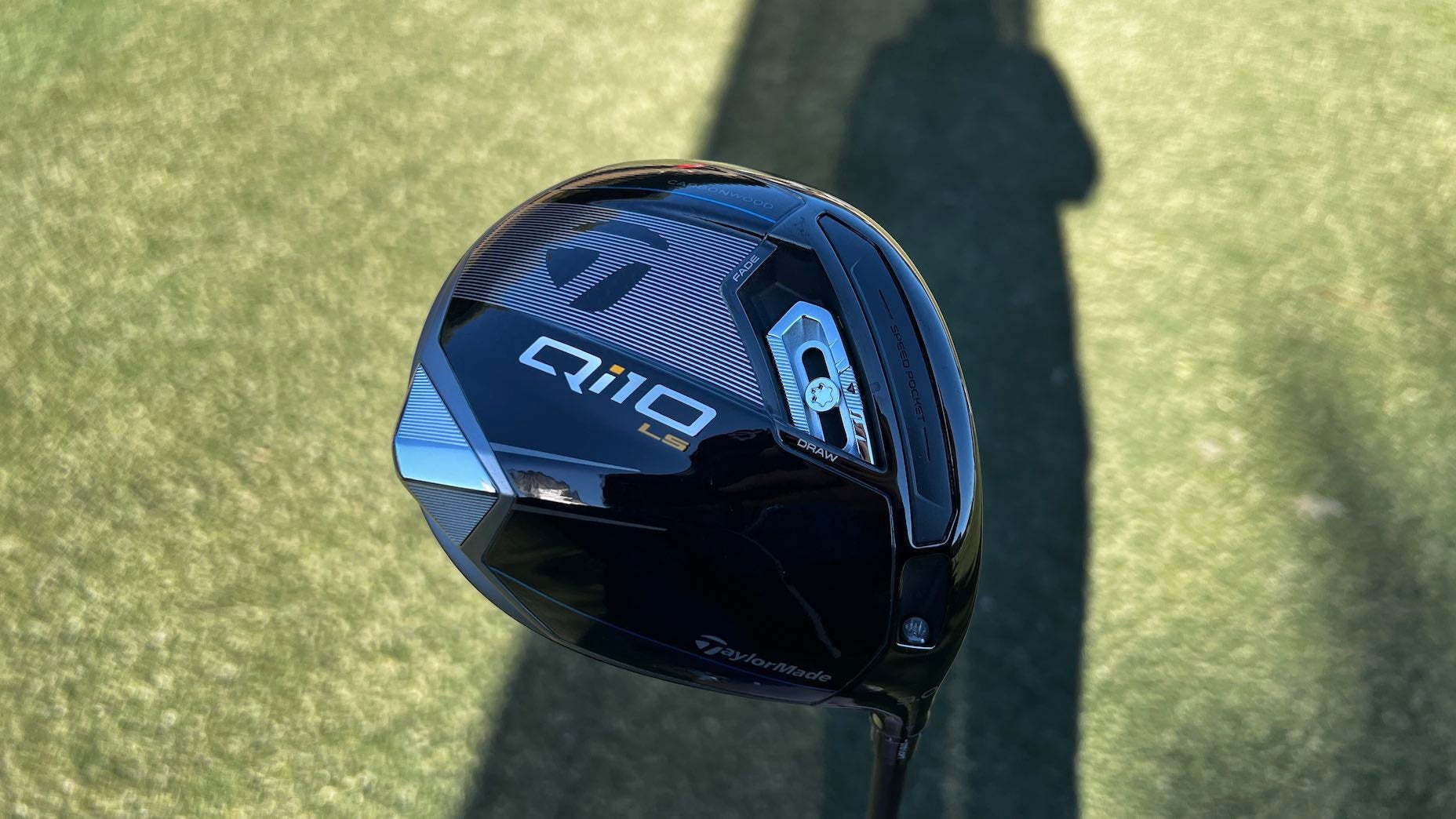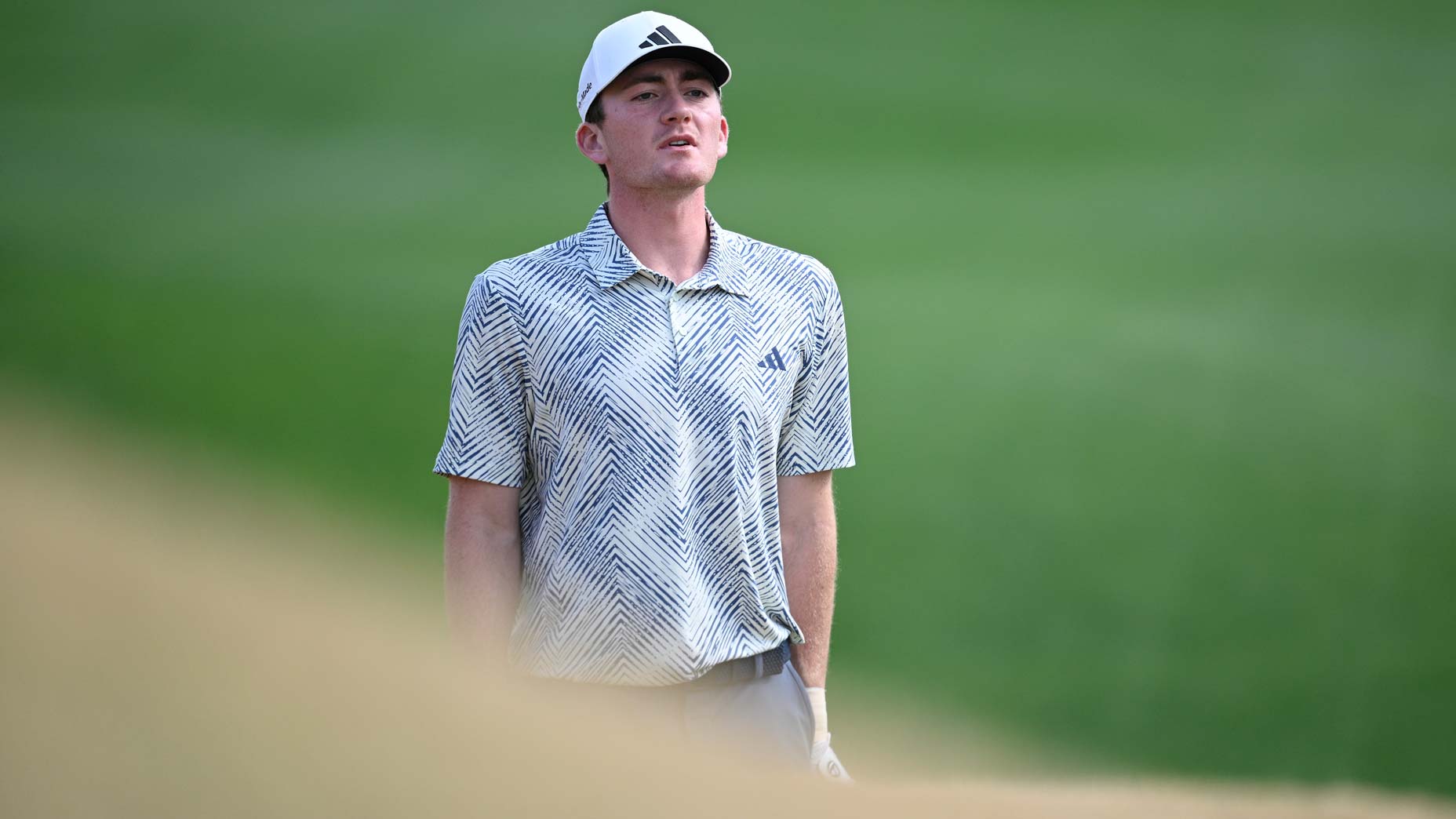How new rule and questionable decision shocked American Express: ‘I am speechless’
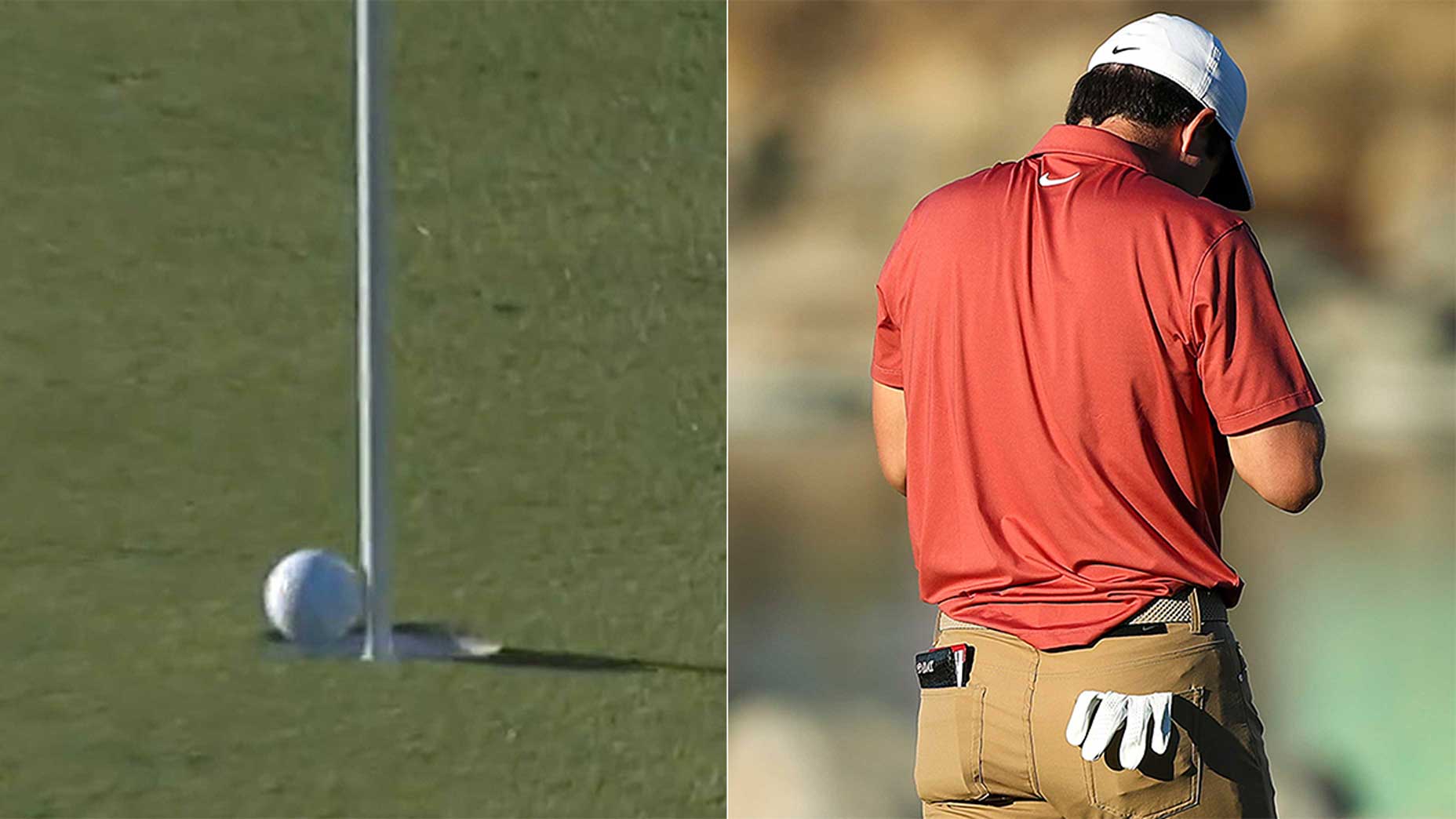
Davis Thompson's ball and Thompson on Sunday on the 17th hole at the Pete Dye Stadium Course.
twitter.com/Getty
With the pin in, Davis Thompson’s ball was out.
But if the flagstick had been removed?
“I’ll probably play the ‘what-if’ game in my head for a long time, unfortunately,” Thompson said.
He may not be alone. In a shocking sequence during Sunday’s American Express final round, Thompson putted from 48 feet, 2 inches away for a share of the lead on the penultimate hole at the Pete Dye Stadium Course, only for his ball to strike the pin nearly dead-center and ricochet a foot and a half past. In the end, Jon Rahm maintained his one-stroke lead and won by that margin, though the late exchange led to decision-making questions and a look at a new flagstick rule.
We’ll start, though, with our beginning, and whether the pin on the 159-yard, par-3 17th was to blame. Thompson’s ball was moving quickly — if it hadn’t hit anything, our guess was it would have rolled maybe 5 feet past the hole — and on a replay of the Golf Channel broadcast slowed to 1/16 speed by GOLF.com, the ball appeared to strike the left-center of the pin.
Two analysts, though, were convinced that Thompson’s putt was good.
“If that pin is out, no doubt it goes in,” on-course announcer John Wood, a former longtime caddie, said on the broadcast.
“It was right in the center,” said John Cook, a former longtime pro. “It doesn’t happen very often, but that pin cost him right there. No question in my mind, John. That was center-cut. It had some speed, but it was right in the center.”
And Thompson? Immediately afterward, he dropped his mallet putter, turned away from the hole and covered his face with both hands. He then propped up his white hat atop his head and rubbed his forehead, before circling around the right side of the green on his way to mark his ball.
As Rahm was putting for his birdie — which he would miss — Thompson mostly looked toward the water fronting the green.
“I had a great read,” he said afterward. “I probably hit it too firm. If it had great speed, it would have just hit the flag and dropped. But we’ll never know.”
Did Thompson consider pulling the flag? Did he consider asking caddie Dean Emerson to tend it? In the session with reporters, Thompson was asked only: “What was the considerations as far as leaving the stick in?”
It’s here where he also gave the “what-if” comment.
“Yeah, I mean, I usually always leave the stick in from a long distance,” Thompson said. “I feel like it helps me with my speed.”
Then there’s this: Before a 2019 rules change, the flagstick had to come out; if a ball hit it, a player would take a two-stroke penalty.
Rule 13.2 a (1) now reads this way: “The player may make a stroke with the flagstick left in the hole, so that it is possible for the ball in motion to hit the flagstick. The player must decide this before making the stroke, by either: Leaving the flagstick where it is in the hole or moving it so that it is centered in the hole and leaving it there, or having a removed flagstick put back in the hole.
And the rule for tending the flag? That’s addressed under Rule 13.2 b (1), which reads: “The player may make a stroke with the flagstick removed from the hole, so that his or her ball in motion will not hit the flagstick in the hole. The player must decide this before making the stroke, by either: Having the flagstick removed from the hole before playing the ball, or authorizing someone to attend the flagstick, which means to remove it by: First holding the flagstick in, above or next to the hole before and during the stroke to show the player where the hole is, and then removing the flagstick after the stroke is made.”
On the Golf Channel broadcast, Wood pointed out the change, too.
“Boy, I am speechless over that,” he said of the putt. “That rule, since the change, you really haven’t seen it affect the golf tournament. I don’t remember it happening anyways. This is the first one where I feel like that rule change may have changed the outcome.”
Strong words. But why was the change made? According to a story on the USGA’s website, it was meant to speed up play — without a caddie, of course, a player would have to remove the flagstick themselves, then putt.
And that naturally raises this question: Is there an advantage to keeping it in? At times, folks like Bryson DeChambeau and putting guru Dave Pelz have told you yes — and in 2019, Pelz did here — and others will say no. Notably, the USGA story also had this line:
“On balance it is expected that there is no advantage in being able to putt with the unattended flagstick in the hole: In some cases, the ball may strike the flagstick and bounce out of the hole when it might otherwise have been holed, and in other cases, the ball may hit the flagstick and finish in the hole when it might otherwise have missed.”
So what happened after the 17th on Sunday?
Thompson still had a chance, of course; he remained just a stroke behind Rahm. But on 18, he hit over the green on his approach, and an admirable effort to pitch in for birdie landed about 2 feet away, while Rahm parred.
Admirably, Thompson then talked to the reporters. He didn’t have to.
“I had a great week,” the 23-year-old from Georgia said. “Competing against the best in the world is my dream and I did that today and proved that I can hang with ’em. It was a lot of fun.
“A lot of nerves and I hit a lot of quality golf shots under pressure, which was really cool.”


